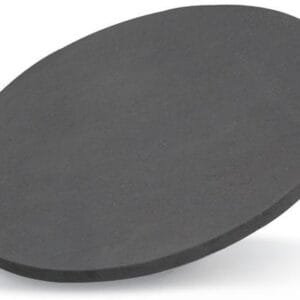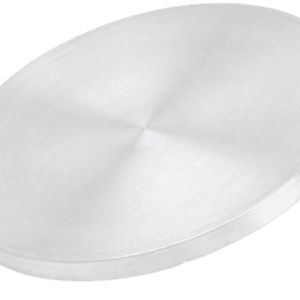Iridium Sputtering Target Description
 The iridium sputtering target shares the same properties as iridium metal. Iridium is a rare, hard, lustrous, brittle, and very dense platinum-like metal. It is almost as chemically unreactive as gold and is the most corrosion-resistant metal known, resisting attack by any acid. Iridium is generally considered the second densest element after osmium based on measured density, though lattice calculations suggest iridium might be denser. Iridium belongs to the platinum group of elements on the periodic table.
The iridium sputtering target shares the same properties as iridium metal. Iridium is a rare, hard, lustrous, brittle, and very dense platinum-like metal. It is almost as chemically unreactive as gold and is the most corrosion-resistant metal known, resisting attack by any acid. Iridium is generally considered the second densest element after osmium based on measured density, though lattice calculations suggest iridium might be denser. Iridium belongs to the platinum group of elements on the periodic table.
Iridium Sputtering Target Specification
| Material Type | Iridium |
| Symbol | Ir |
| Atomic Weight | 192.217 |
| Atomic Number | 77 |
| Color/Appearance | Silvery White, Metallic |
| Melting Point | 2,410°C |
| Theoretical Density | 22.42 g/cc |
| Sputter | DC |
| Type of Bond | Indium, Elastomer |
| Available Sizes | Dia.: 1.0″, 2.0″, 3.0″, 4.0″, 5.0″, 6.0″ Thick: 0.125″, 0.250″ |
We also offer other customized shapes and sizes of the sputtering targets; please Contact Us for more information.
Iridium Sputtering Target Application
Iridium Sputtering Target Bonding Service
Specialized bonding services for Iridium minum Sputtering Targets, including indium and elastomeric bonding techniques, enhance performance and durability. Thin Film Materials (TFM) ensures high-quality solutions that meet industry standards and customer needs.
We also offer custom machining of backing plates, which is essential for sputtering target assembly. This comprehensive approach improves target design flexibility and performance in thin film deposition. Our channels provide detailed information about bonding materials, methods, and services, helping clients make informed decisions.

Packing
Our Iridium Sputtering Targets are clearly tagged and labeled externally to ensure efficient identification and quality control. We take great care to prevent any damage during storage and transportation.
Get Contact
TFM offers Iridium Sputtering Targets in various forms, purities, sizes, and prices. We specialize in high-purity thin film deposition materials with optimal density and minimal grain sizes, which are ideal for semiconductor, CVD, and PVD applications in display and optics. Contact Us for current pricing on sputtering targets and other deposition materials that are not listed.





Reviews
There are no reviews yet.